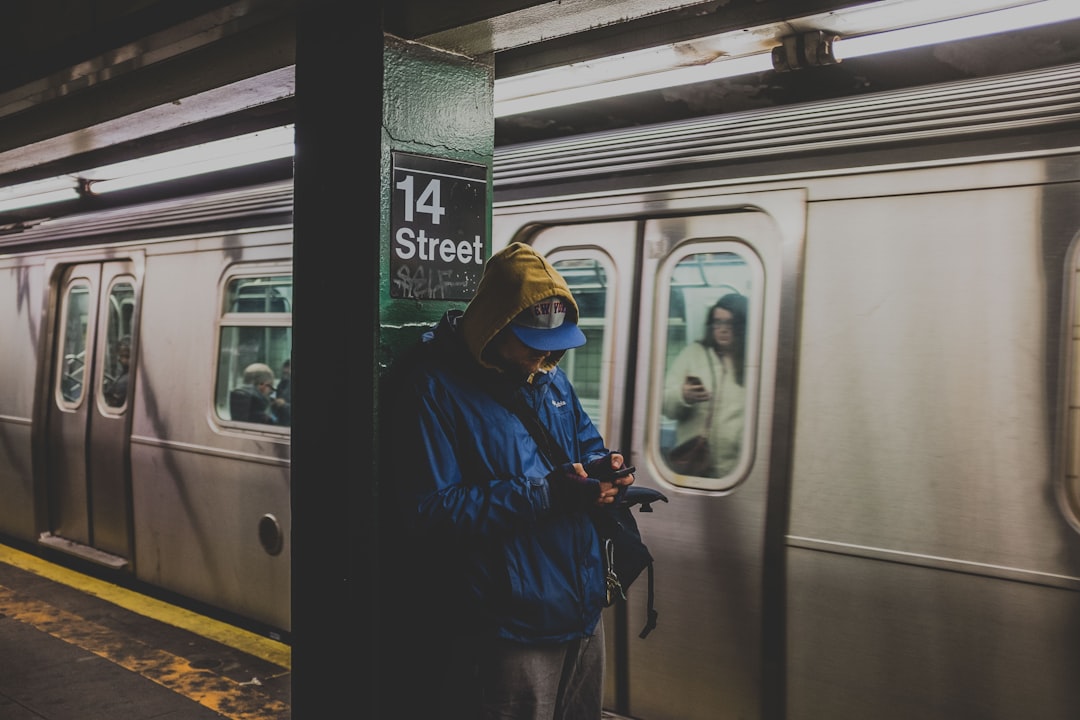SENTIMENT ANALYSIS
Max Nostalgic.
When Timehop provided social and real-time reminiscience, requests to block memories and experiences appeared in the support logs.
ABOUT THE ORG
Timehop is a social media company that focuses on nostalgia, showing 21 million users their past photos and social posts from 1 year up to 10 years ago. They operate in New York with 20 employees.
ROLE
As Head of UX for Timehop in 2015, I helped millions of people celebrate and share nostalgic moments of their past, including refining and communicating the startup’s vision for user engagement and product development; building and maintaining design principles, and user workflows.
PROJECT #VALENTIMEHOP
Holidays and anniversaries, like Valentines Day, can trigger memories that can resurface complicated feelings. The project #Valentimehop focused on the potentially heartbreaking content of past Valentines Day posts and photos.
Users could decide if they wanted to view content from past Valentines days, or view something less emotional, like cat photos. The goodwill created from this feature grew Timehop from 7 million to 10 million daily active users.
TIMEHOPPERS
Interviews with Timehoppers revealed many people use Timehop as a small form of mindfulness and self-reflection.
“I feel really embarrassed.”
“It helps remind me of how far i’ve come.”
“You gotta laugh at yourself!”
“thanks timehop for reminding me of what an idiot I was.”
Despite feelings of awkwardness, users still opened the app every day - the emotional benefits provided by a daily bit of nostalgia outweighed any temporary shame. However, the ability to block specific content was a frequent feature request, though it was initially hidden in customer support logs.
“ugh I wish i hadn’t seen my timehop today…too many feels!”
“What separates nostalgia from ordinary personal memories is its bittersweet quality... That longing does more than evoke a warm, fuzzy feeling.
Psychologists say that it can inspire us to live fuller lives by bringing into focus the people and experiences that have mattered most to us in the past.”
WALL STREET JOURNAL
NEED A PSYCHOLOGICAL BOOST? TRY NOSTALGIA
PROCESS
To solve for this problem, we approached it from multiple angles, primarily: user-determined vs algorithmically.
User-Determined: We explored ideas that allowed users to select people and events they didn’t want appearing in their Timehop feed. This gave users the ability to refine what they didn’t want to see, but it resulted in duplicate management across social networks.
Permissions-Based: We explored inheriting blocked or muted user data from source social networks, and using that data to prevent photos tagged with those unique IDs from appearing. This brought with it high potential for mis-tags and mistakes, resulting in users seeing posts and photos they had requested not to see.
#VALENTIMEHOP
We focused on high-level choices and gave users an extra screen on Valentine’s day that let them know there may be some triggering content.
Allowing users control over whether they wanted to see their past photos on Valentine’s day, or to opt-out, gave us access to behavioral data that helped direct future personalization and privacy features for the other 364 days of the year.
NOPE VS OKAY
What percentage of users clicked “nope” vs “okay”? Over 60% chose not to see emotional content. But the real insight is less about how much traffic each path received, and more about the order in which users selected paths.
When presented with the Valentimehop screen, and asked whether or not they wanted to view the day’s content, users took a self-assessment. If they imagined there may be emotionally negative content waiting for them: they clicked “nope”. Those same users returned to the app later and clicked “okay” to view their day’s content.
Based on follow-up user interviews, some people mentioned that curiosity eventually got the better of them, or they had enough time to process whatever triggering content may show up and were ready to view it on their own time.
NOVELTY EFFECT
As the feature gained awareness, the reverse also happened. Those that selected “okay” right away, later returned to the app and selected “nope” to view the cat photos. This user behavior can be isolated as part of an overall novelty effect, unrelated to users’ desires to view or avoid past memories.
“There is no greater sorrow than to recall in misery the time when we were happy.”
DANTE ALIGHIERI
Timehop has continued to release this feature every Valentine’s since our initial run in 2015.
In 2019, they released a feature that allows users to hide triggering content year round.
THE GENIUS OF TIMEHOP'S VALENTINE'S DAY SCREEN
TIMEHOP GIVES USERS VALENTINE'S DAY WARNING
TIMEHOP REALIZES YOU MIGHT NOT WANT TO SEE PHOTOS OF YOUR EX ON VALENTINE'S DAY
THANK YOU
Max Nostalgic.
CONTACT
ERIS@ERISFREE.COM







